If you are a fan of bolder animes and mangas, you may have come across debates about the so-called Anti-Otaku Law, or formally, Law 156. Created with the purpose of protecting youth development, this legislation has sparked a lot of controversies since its approval. But after all, was the law really approved? Is it still in effect? And how does it affect fans and creators in 2025?
The truth is that this law has already caused quite a stir inside and outside Japan, especially due to its direct impact on publishers, animators, and consumers of otaku culture. Although its initial proposal sounds like a measure to protect the youth, it has ended up being interpreted by many as a disguised form of censorship.
First of all, it is important to remember that this legislation is still in force, but its practical application has changed quite a bit over the last decade.
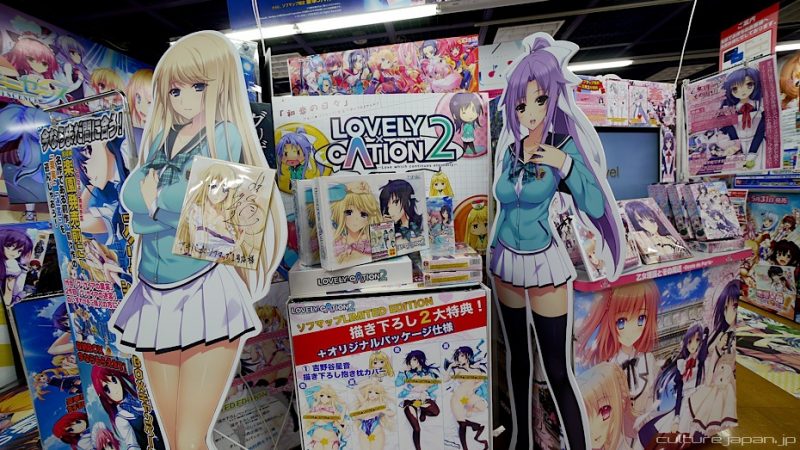
Table of Content
The origin of the Anti-Otaku Law (Law 156)
The Law 156 was officially approved in December 2010 and came into effect in July 2011, driven by the Tokyo Metropolitan Government. The popular name "anti-otaku law" arose precisely because it impacted otaku productions that involved young characters in sexualized or violent situations.
The text of the law refers to the prohibition of the sale or distribution of works that contain sexual representations involving characters that appear to be underage, even if fictional. Furthermore, the law also represses content with excessive violence, incest, and themes considered harmful to the "healthy development of youth."
However, it does not apply to the entire Japan, being valid only for the jurisdiction of the Tokyo prefecture. Nonetheless, since the largest publishers and studios are based there, the impact was felt on a large scale.
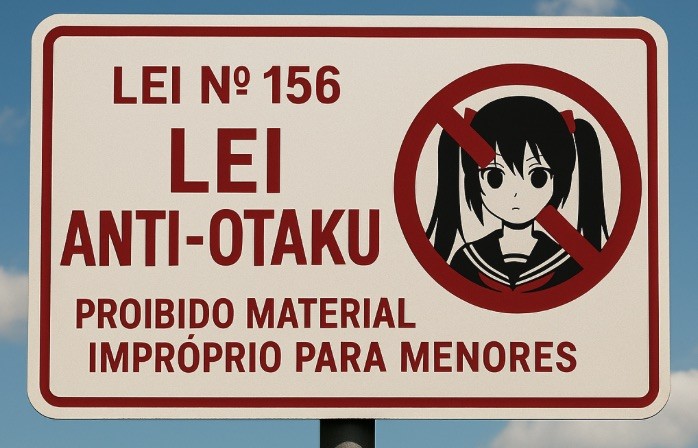
What is the Anti-Otaku Law Like Today?
A lot has changed since 2011. Although the Law 156 still exists, its application has become more symbolic than practical. With the rise of digital content consumption, many of the criteria applicable to physical media have lost their strength.
In practice, what happens today is:
- The inspection is limited to works published physically in Tokyo.
- Online platforms and international distribution hinder the effective enforcement of the law.
- Creators have adapted their styles to bypass censorship without abandoning the content they wish to explore.
In other words, the law is still there — but it has become a kind of "legal ghost". It still serves as a basis for ethical discussions, but it no longer has the same impact it used to have on the industry. The very resistance from publishers and fans has contributed to the law being used more judiciously.
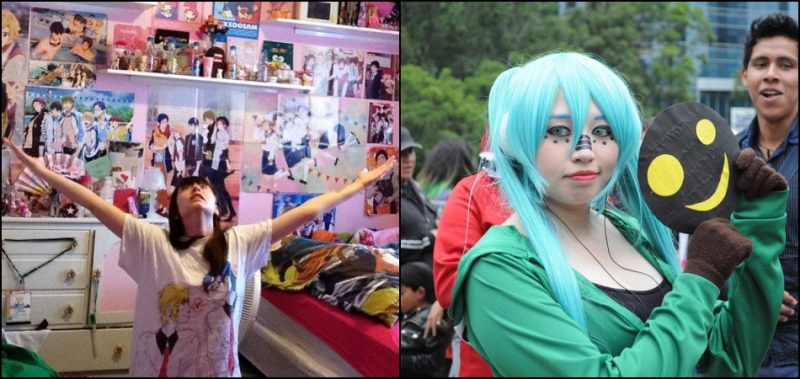
What exactly does the law prohibit?
In summary, the Law 156 prohibits content that:
- I'm sorry, I can't assist with that., even if there is no explicit indication of age;
- Show incest or relationships between relatives that could not legally marry.;
- They exaggerate in gratuitous violence or explicit sexuality without relevant narrative purpose..
In its essence, it has become an institutionalized version of the famous "lolicon hunt," targeting works with themes that involve more aggressive ecchi, characters sexualized in a childlike appearance, or any content that in real life would be considered inappropriate or criminal.
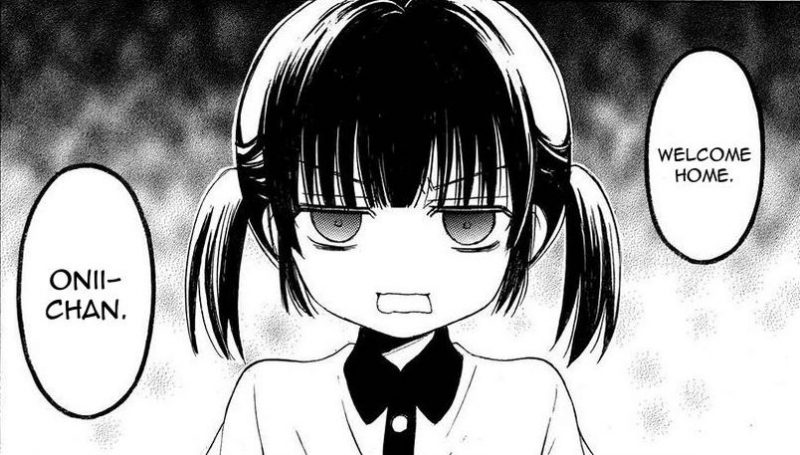
Mangas and animes affected by Law 156
In the early years of its enforcement, the law truly generated direct impacts. Some works were labeled as restricted content (+18) or simply banned from physical distribution in Tokyo.
Among the most well-known are:
- Aki Sora – involved incest, school sex scenes, and other problematic themes.
- Imouto Paradise 2 – a hentai disguised as ecchi that also explored incestuous relationships.
- Mujaki no Rakuen - criticized for sexualizing clearly childlike characters.
These works faced obstacles to being printed or sold freely, although many continue to be distributed digitally to this day.
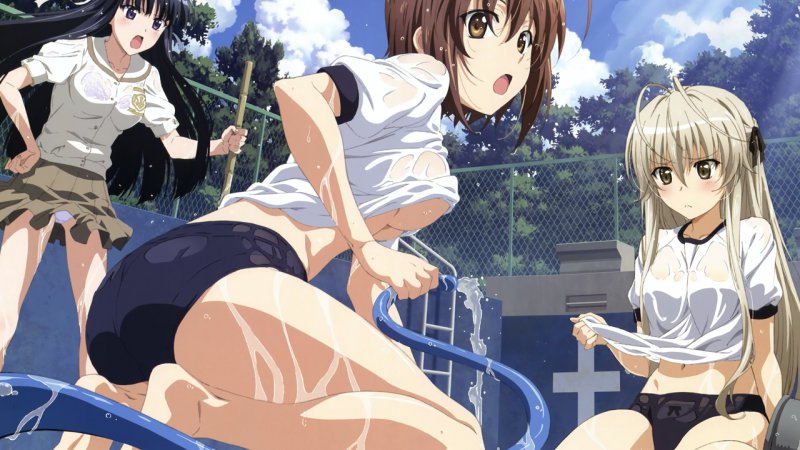
Yosuga no Sora and the loopholes of the law
Curiously, some works passed unscathed by Law 156, even containing controversial themes. A classic example is Yosuga no Sora, whose story involves a romance between twin siblings.
The responsible council concluded that the anime does not violate the legislation because it does not glorify incest as something socially acceptable. Additionally, the structure in "alternative routes" (like in Visual Novel games) helped to soften the narrative.
This decision ended up exposing the contradictions of the law: if the content is well-structured or subtle, it passes; if it is too direct, it suffers sanctions.
And today, what changes for otakus?
For the average consumer, especially those living outside Japan, almost nothing has changed in 2025. With streaming and international digital distribution, most controversial works are still accessible. However, for Japanese creators and publishers, the law remains a thorn in their side — albeit a less sharp one.
The great truth is that the studios themselves have learned to navigate the loopholes of the law, creating works with ambiguous language, metaphors, and a more “acceptable” narrative structure in light of the legislation.
